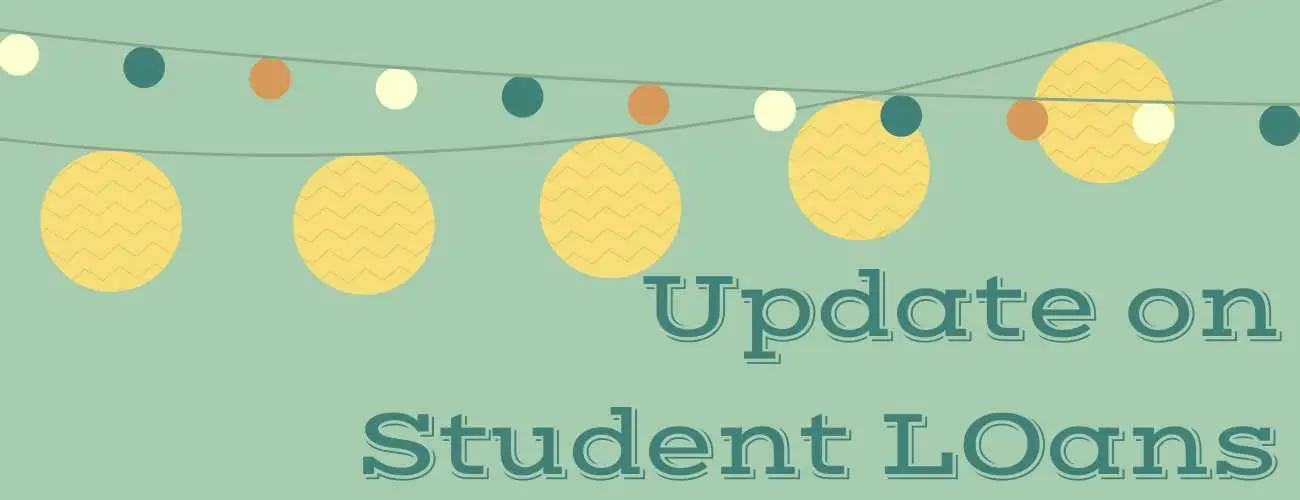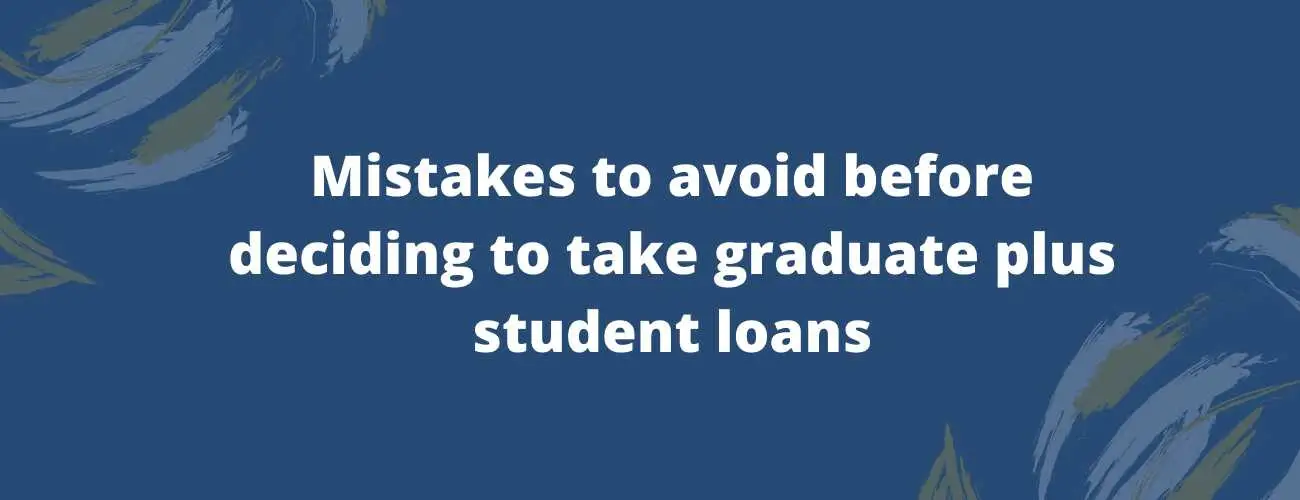Decreasing Interest rate for federal student loan
Research have shown that the Federal student loan interest rates for the upcoming school year will be lower than ever, outstripping the previous record from 2005. Read more about it in this article.
Updated by Namitha Antony on 9th September 2020
For financing for the education, one should have a deep knowledge of the best student loans available. One should go with the Private Student Loans only after exhausted with the federal student loan options available.
Research have shown that federal student loan rates will be significantly more moderate during the 2020-2021 school year, as per new interest rates from the Department of Education.
Since March 2020, interest rates no matter how you look at it have fallen as the Federal Reserve cut the federal funds rate. Lower interest rates will make both government and private student loans less expensive for this school year, sending the federal student loan interest rate to record lows.
Table of Contents:
- Interest rate of different federal student loans
- Interest rate in previous years
- Students can lower their interest rate by refinancing
Interest Rate of different federal loans available
The federal student loan interest rate changes with each school year a student acquires cash, and changes depending on the sort of loan taken. For the 2020-2021 school year, borrowers will pay somewhere in the range of 2.75% and 5.3%, contingent upon the loan sort.
|
Loan type |
Interest rate |
|
Direct subsidized student loan - Undergraduate |
2.75% |
|
Direct unsubsidized student loan - Undergraduate |
2.75% |
|
Direct unsubsidized student loan - Graduate |
4.30% |
|
Direct PLUS loans |
5.30% |
|
Federal Perkins loans |
5.00% |
All college students taking unsubsidized or sponsored credits will pay an interest rate of 2.75%, while graduate students will pay 4.3%.
The current year's student loan interest rate is the most reduced on record, prevailing over the past low of 2.875% set in 2005, as indicated by Mark Kantrowitz, a student loan master and VP of examination.
Interest Rate in Previous Years
In recent years, students have ordinarily paid somewhere in the range of 5% and 3.4% interest, as indicated by the Department of Education information. Graduate student loans have charged somewhere in the range of 5.31% and 6.21%, and PLUS loan borrowers somewhere in the range of 7.9% and 6.31%, contingent upon the school year.
|
Academic year |
Undergrad subsidized interest rate |
Graduate unsubsidized interest rate |
PLUS Loan interest rates |
|
2020-2021 |
2.75% |
4.3% |
5.3% |
|
2019-2020 |
4.53% |
6.08% |
7.08% |
|
2018-2019 |
5.05% |
6.6% |
7.6% |
|
2017-2018 |
4.45% |
6% |
7% |
|
2016-2017 |
3.76% |
5.31% |
6.31% |
|
2015-2015 |
4.29% |
5.84% |
6.84% |
|
2014-2015 |
4.66% |
6.21% |
7.21% |
|
2013-2014 |
3.86% |
5.41% |
6.41% |
|
2012-2013 |
3.4% |
6.8% |
7.9% |
|
2011-2012 |
3.4% |
6.8% |
7.9% |
|
2010-2011 |
4.5% |
6.8% |
7.9% |
A year ago, undergraduate student loans had a 4.53% rate of interest, while graduate student loans had a rate of interest of simply over 6%, and PLUS loans simply over 7% rate of interest. This year, students will pay 1.78% not exactly a year ago.
Students can lower their interest rate by refinancing
This school year's lower interest rate won't change the rate of interest of student loans retroactively. In any case, ongoing graduates can profit by lower interest rates by refinancing their student loans. Refinancing — supplanting your current loan with another private loan with a lower rate of interest — could assist you with bringing down the overall rate of interest of your loans. With interest rate so low, you may discover one lower than your present loan’s rate, and refinancing could enable you to spare.
In any case, it's important that refinancing may make you lose any advantages, for example, insurances the Department of Education has set up during the coronavirus pandemic. All federal student loans in reimbursement are in programmed patience, with financing costs set to 0% and programmed installments suspended until September 30. Refinancing transforms federal student loans into private student loans, which will be ineligible for this forbearance.



93.jpg)


28.jpg)
